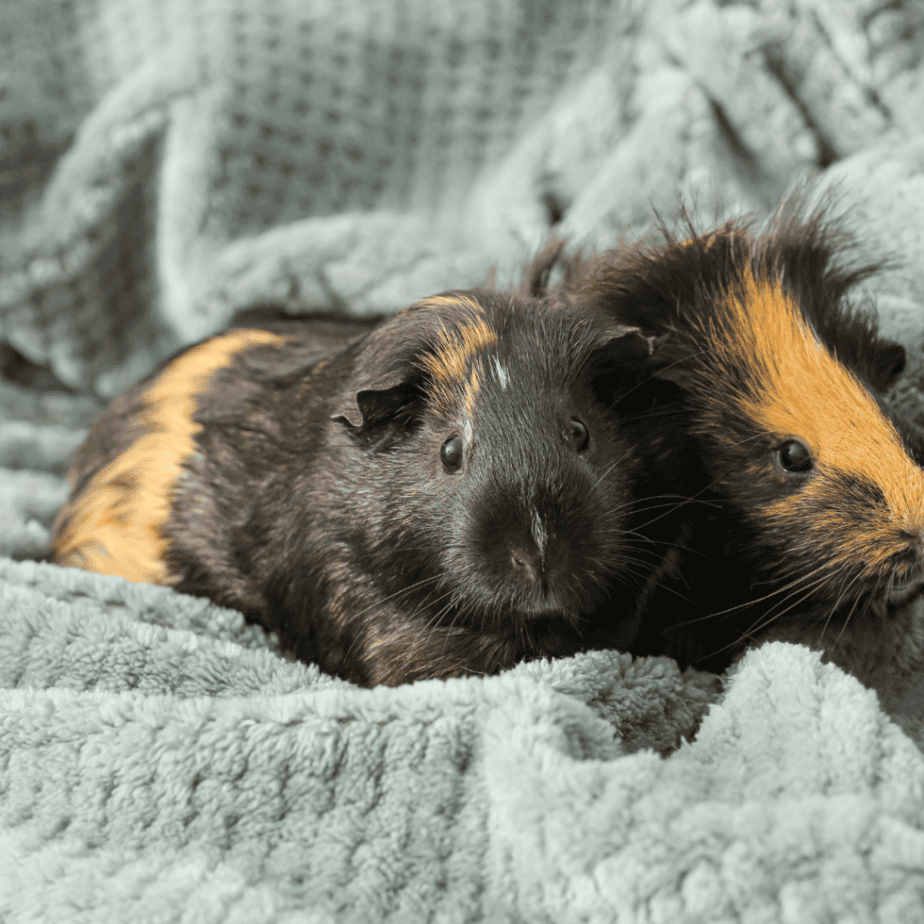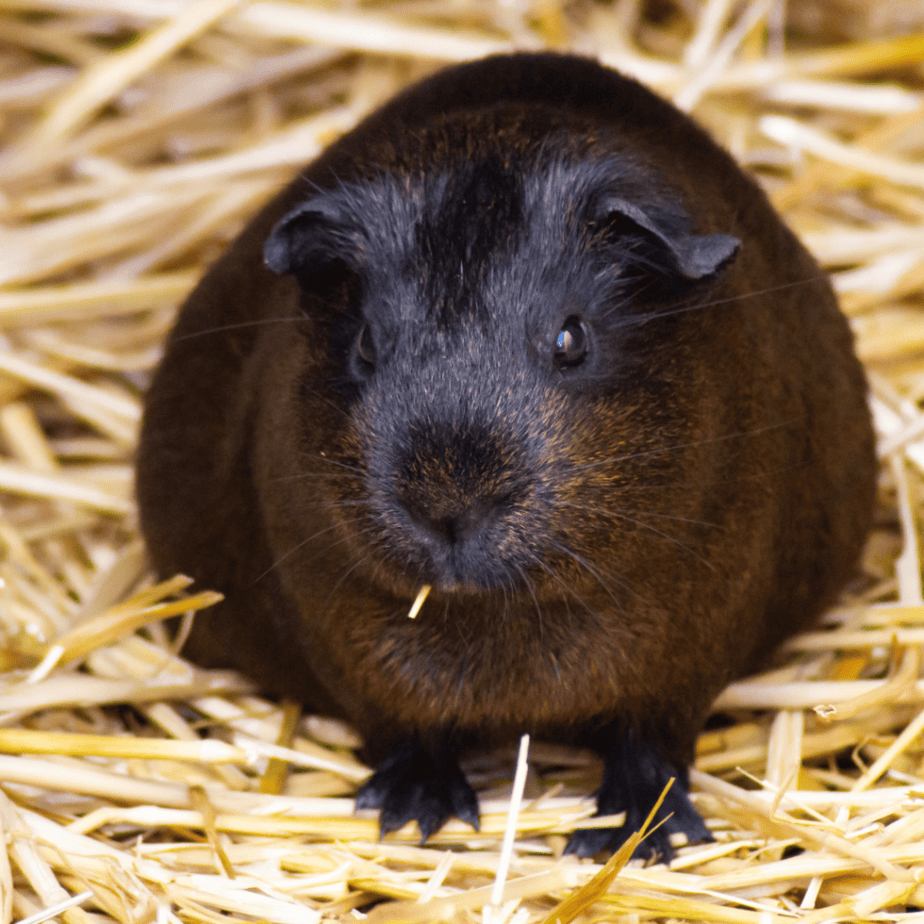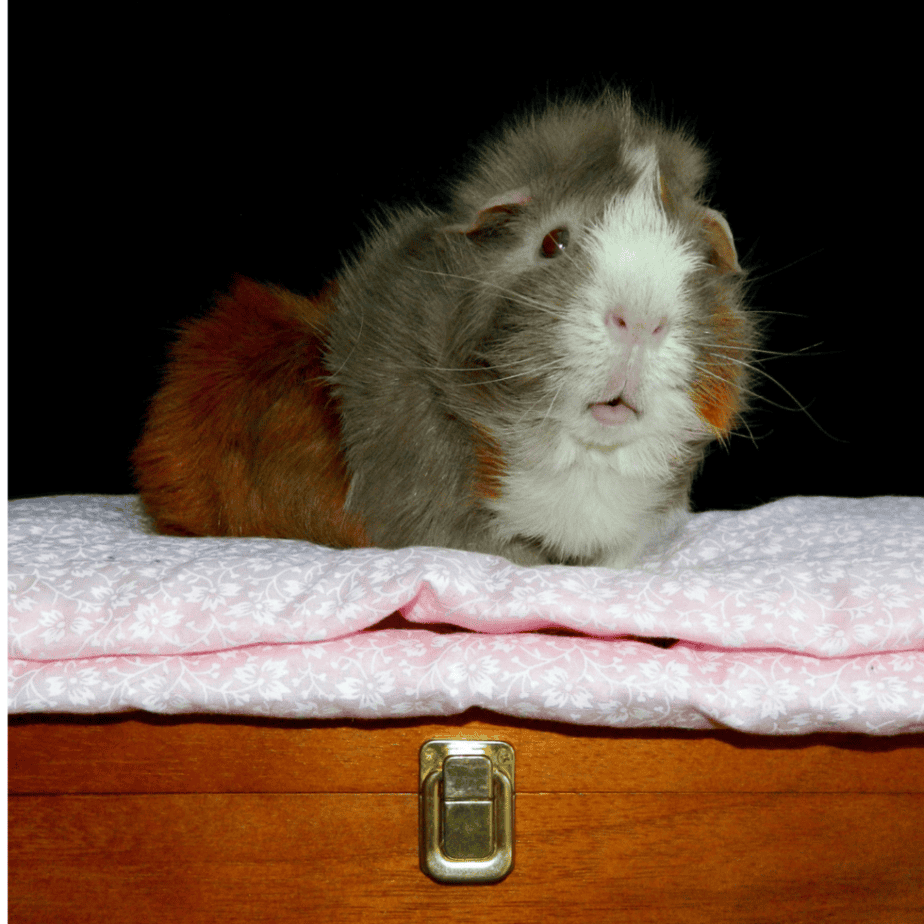Discover the best fabrics for guinea pig bedding to ensure your pet’s comfort and safety. Learn about cozy, safe, and health-promoting bedding materials for a happy guinea pig.
Choosing the right bedding for your guinea pig is crucial for their comfort and health! Did you know that the type of fabric you choose can significantly impact your guinea pig’s well-being? As a pet owner, you want to provide a cosy, safe, and hygienic environment for your little friend. In this guide, we’ll explore the best fabrics for guinea pig bedding, helping you create the perfect home for your pet.
Fleece Bedding: A Luxurious (and Practical) Choice for Your Guinea Pigs

Fleece bedding has become a popular choice for guinea pig owners, and for good reason. It’s soft, comfy, and can be a real game-changer for keeping your piggy’s home sweet home clean and cozy. But let’s be honest, it’s not just about the luxury factor.
Many guine pig parents and experts prefer fleece bedding due to its absorbency The Guinea Pig Vet and Pet Lovers Know. Unlike traditional bedding like wood shavings, which can trap moisture and ammonia, fleece helps to wick away wetness (Kavee). This can significantly reduce odor and the risk of bacterial growth, which is crucial for maintaining a healthy environment for your guinea pigs. Plus, it’s way easier to spot clean those inevitable little accidents.
To get the most out of your fleece bedding, you’ll need to layer it correctly. Think of it like building a cozy little bed for your guine pig. Start with an absorbent layer like puppy pads or fleece blankets to catch the majority of the mess. Then, add a waterproof layer to protect your cage and prevent leaks. Finally, top it off with a soft fleece layer for your guinea pigs to relax on.
While fleece is fantastic for your guinea pigs’ comfort, it does require a bit of extra care. Regular washing is essential to keep things fresh and clean. You’ll want to use a gentle detergent and avoid fabric softener, as these can leave residue that might irritate your piggies’ sensitive skin. And remember, always let the fleece dry completely before putting it back in the cage.
By following these tips, you can create a luxurious and hygienic living space for your guinea pigs.
Cotton Bedding: A Breathable Option with Trade-offs
Cotton bedding offers a natural, breathable option for your guinea pigs, which can be especially appealing during warmer months. The soft, familiar feel of cotton can also provide a sense of comfort for some pets. However, it’s essential to weigh the pros against the cons, including potential safety hazards, before making a decision.
One of the primary drawbacks of cotton bedding is its tendency to absorb moisture quickly. This means frequent changes are necessary to prevent odor build-up, the risk of bacterial growth, and potential health issues for your guinea pigs. While it might seem like an economical choice initially, the constant laundering and increased risk of bacterial growth can offset any cost savings. You can learn more here.
Safety is a critical concern when choosing bedding for your guinea pigs. While cotton itself is generally safe, there are potential risks. If your guinea pig chews on the cotton and ingests it, it could lead to digestive issues. Additionally, loose threads or fibers can become entangled around their paws or nails, causing discomfort or injury.
To mitigate some of the issues associated with cotton bedding, it’s crucial to choose high-quality, dust-free options. Organic cotton is often preferred due to its potential for fewer irritants. Additionally, consider using a waterproof liner underneath the cotton bedding to protect your cage and make cleanup easier.
While cotton bedding can provide a soft and natural environment for your guinea pigs, it’s important to carefully consider the time, effort, and potential risks involved in its use. If you’re looking for a low-maintenance option with fewer safety concerns, you might want to explore other bedding materials like fleece or paper-based products.
Hemp Bedding: A Sustainable and Absorbent Choice
Hemp bedding has been gaining popularity among guinea pig owners for its impressive qualities. This natural fiber is incredibly absorbent, meaning it can lock away moisture and odors far better than traditional bedding options. It’s like having a built-in air freshener for your guinea pig’s home!
But it’s not just about the smell; hemp is also a fantastic choice for the environment. It’s a sustainable crop that requires minimal resources to grow, and it’s fully biodegradable. So, you can feel good about giving your guinea pigs a comfy, eco-friendly home.
Now, while hemp bedding is amazing on its own, I’ve found that mixing it with other bedding types can create an even better environment. Combining it with a soft layer of fleece or a base of paper bedding can provide a perfect balance of comfort and absorbency. It’s like creating a custom bedding blend tailored to your guinea pig’s needs. Learn more here.
Paper Bedding: A Versatile Option with Considerations
Paper bedding has emerged as a popular choice for guinea pig owners due to its high absorbency and generally low dust content. It’s available in two primary forms: recycled paper and paper pellets. While both offer benefits, it’s essential to consider their potential drawbacks and safety aspects.
Recycled paper bedding is often softer and more comfortable for guinea pigs. However, it’s crucial to ensure the paper is free from inks, dyes, and other harmful chemicals. Some lower-quality products may contain substances that can be harmful if ingested.
Paper pellets tend to be more absorbent and can help to control odors effectively. However, they can be more abrasive on guinea pig paws, and some pellets may splinter, creating potential hazards.
Despite its advantages, paper bedding isn’t without its challenges. Like any bedding material, it can become a breeding ground for bacteria if not changed regularly. Additionally, paper bedding can be messy, with bits and pieces finding their way outside the cage.
Safety considerations are paramount when choosing paper bedding. Always opt for products specifically designed for small animals. Avoid using paper bedding that contains recycled glossy paper, as the ink can be harmful if ingested. Regularly inspect the bedding for any foreign objects or sharp edges.
In conclusion, paper bedding can be a suitable choice for many guinea pigs when selected and used correctly. However, it’s essential to prioritize your pet’s health and safety by carefully considering the type of paper bedding, its maintenance, and potential risks.
Aspen Shavings: A Classic Choice with Cautions

Aspen shavings have been a staple in small animal bedding for ages, and for good reason. They’re naturally absorbent, which helps to keep your guinea pig’s cage fresh and clean. Plus, they’re generally low-dust, making them a good choice for guinea pigs with respiratory sensitivities.
But let’s talk safety. Not all aspen shavings are created equal. It’s crucial to choose kiln-dried aspen shavings. Why? Because untreated wood shavings can contain harmful oils and resins that can irritate your guinea pig’s delicate respiratory system. So, always check the packaging to ensure the shavings are kiln-dried.
While aspen shavings offer a good foundation for your guinea pig’s bedding, I recommend mixing them with a softer material for added comfort. Something like fleece or paper bedding can create a cozy nest-like area for your little friend. Just remember to clean the mix regularly to prevent moisture build-up and bacteria growth.
One more thing to consider: even though aspen shavings are generally low-dust, some guinea pigs might still be sensitive. If you notice any signs of sneezing, runny nose, or difficulty breathing, it might be time to switch to a different bedding material.
Remember, every guinea pig is different, so it’s important to monitor their reaction to any new bedding material.
Creating a Comfortable Guinea Pig Environment

Layering Bedding Materials for Optimal Comfort and Hygiene
To create a truly comfortable and hygienic environment for your guinea pig, layering different bedding materials is essential. This approach combines the benefits of various materials to create a cozy and absorbent space.
A common method involves using three layers:
- Absorbent Base Layer: This layer is crucial for soaking up urine and preventing moisture from reaching the cage floor. Suitable materials include puppy pads, fleece blankets, or specialized absorbent liners.
- Waterproof Layer: An optional but recommended layer, a waterproof barrier protects your cage from potential leaks and makes cleaning easier. You can use waterproof mattress protectors, plastic sheeting, or commercially available waterproof liner.
- Top Fleece Layer: This provides a soft and comfortable surface for your guinea pigs. Fleece is a popular choice for its warmth, absorbency, and ease of cleaning.
By combining these layers, you create a multi-layered bedding system that effectively manages moisture, provides comfort, and simplifies cleaning.
Bedding Maintenance: A Clean and Healthy Environment
Maintaining a clean and hygienic living space is vital for your guinea pig’s health. A consistent cleaning schedule is essential to prevent the buildup of bacteria and odors.
- Daily spot cleaning: Remove soiled areas promptly to prevent the spread of bacteria and maintain a fresh environment.
- Weekly deep cleaning: Thoroughly clean the entire cage, including the bedding, cage accessories, and water bottle. This involves scrubbing surfaces with a pet-safe disinfectant and replacing all bedding.
- Bedding changes: The frequency of bedding changes depends on the number of guinea pigs, the type of bedding, and individual preferences. Aim to change the absorbent layers and fleece liners weekly, or more often if necessary.
Regular cleaning helps to prevent health issues, such as respiratory problems and skin infections, and ensures your guinea pigs live in a clean and comfortable environment.
Prioritizing Guinea Pig Health and Comfort
Choosing the right bedding is crucial for your guinea pig’s well-being. Several factors influence bedding selection, including comfort, hygiene, and potential allergies.
- Allergies and respiratory health: Opt for low-dust bedding materials to minimize the risk of respiratory issues. Aspen shavings, paper pellets, and certain types of fleece are often suitable choices.
- Comfort and warmth: Guinea pigs appreciate a soft and cozy environment. Fleece bedding provides excellent comfort, while a combination of materials can create a varied texture.
- Preventative care: Regularly inspect your guinea pig for signs of discomfort, such as skin irritation or respiratory issues. If you notice any problems, consider changing the bedding material.
By prioritizing your guinea pig’s health and comfort, you can create a thriving environment that promotes their overall well-being.
Conclusion
Providing the best bedding for your guinea pig is essential for their health and happiness. By selecting the right fabrics, maintaining a clean environment, and considering both comfort and safety, you can create a perfect home for your furry friend. Choose wisely and watch your guinea pig thrive in their cozy, safe bedding!
Content Disclaimer
The information contained above is provided for information purposes only. The contents of this Blog article are not intended to amount to advice, and you should not rely on any of the contents of this Blog article. Professional advice should be obtained before taking or refraining from taking any action as a result of the contents of this Blog article. VesteForPets.com disclaims all liability and responsibility arising from any reliance placed on any of the contents of this Blog article.
Copyright Notice
These works are protected by copyright laws and treaties around the world. We grant to you a worldwide, non-exclusive, royalty-free, revocable licence to view these works, to copy and store these works and to print pages of these works for your own personal and non-commercial use. You may not reproduce in any format any part of the works without our prior written consent.
Copyright © 2022 – 2024 Veste For Pets






